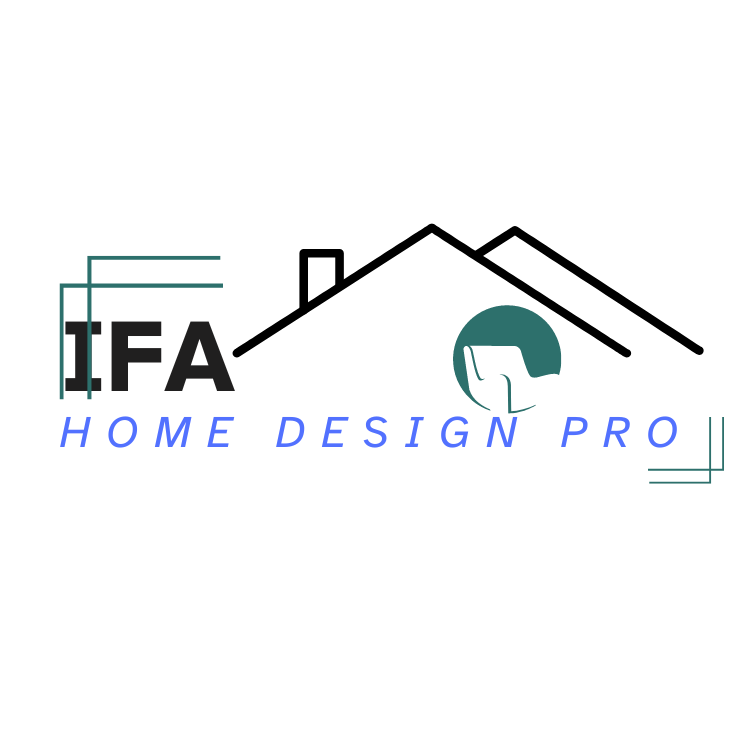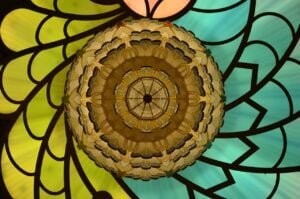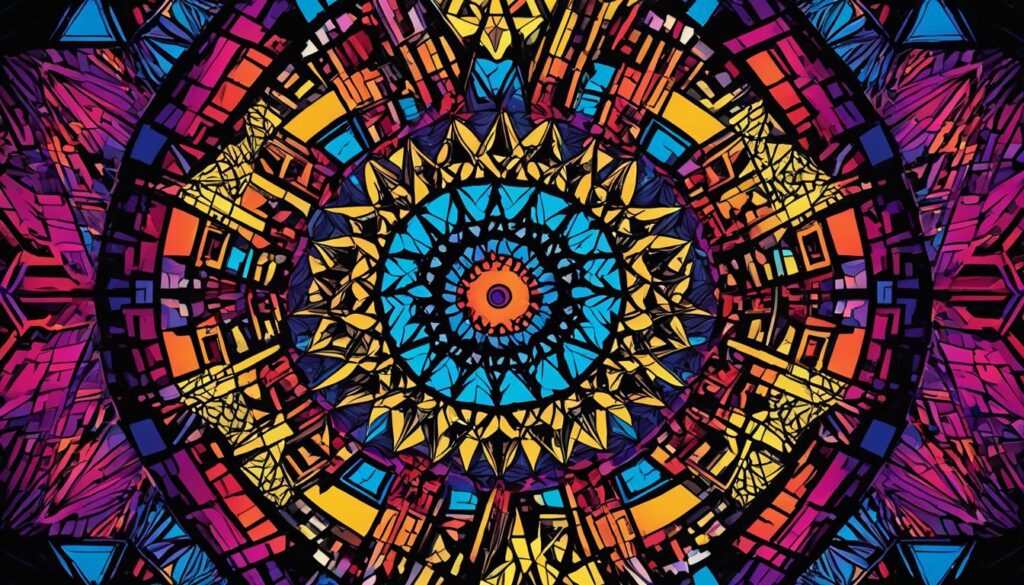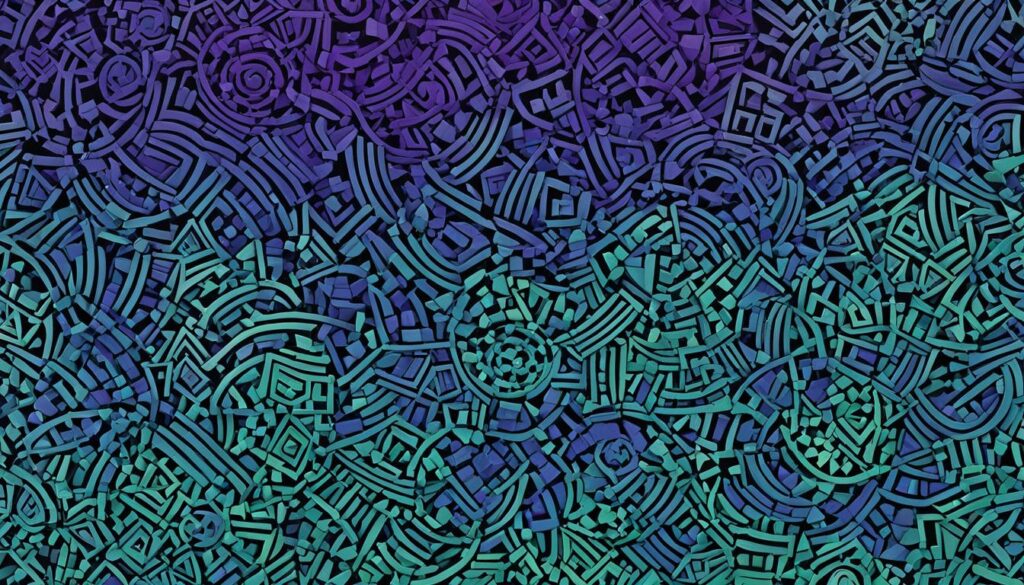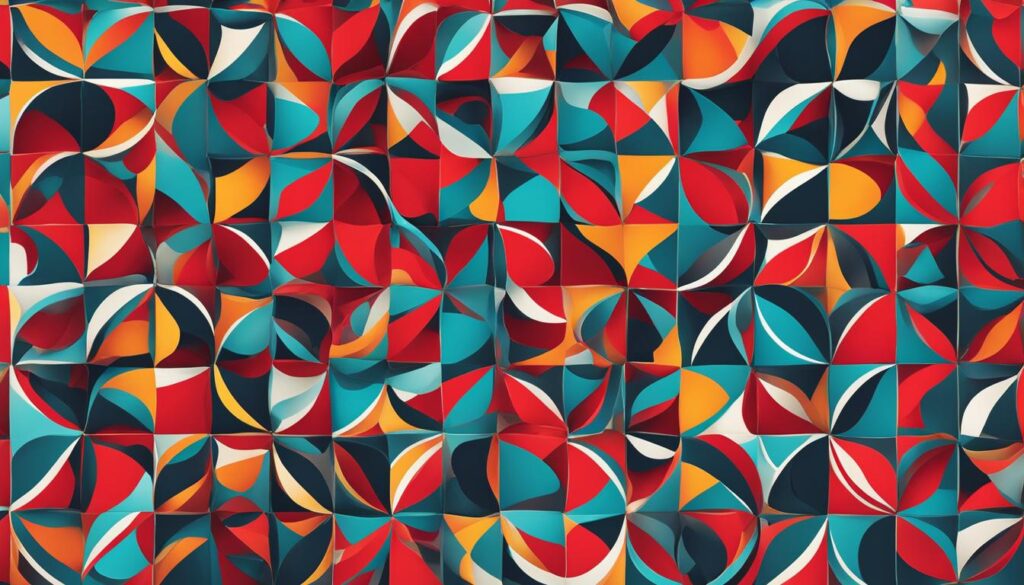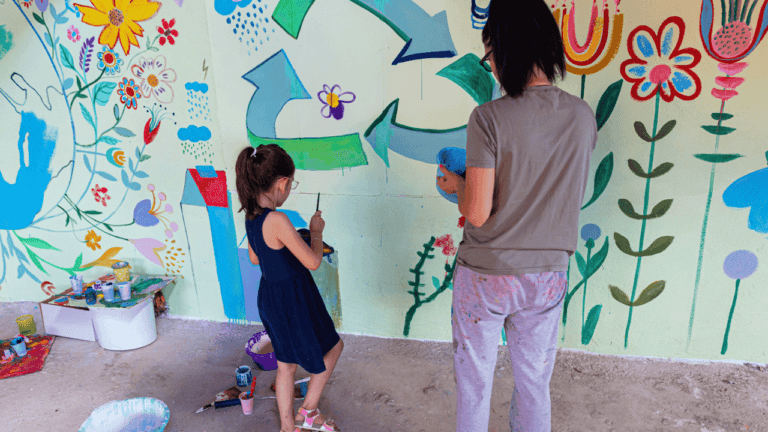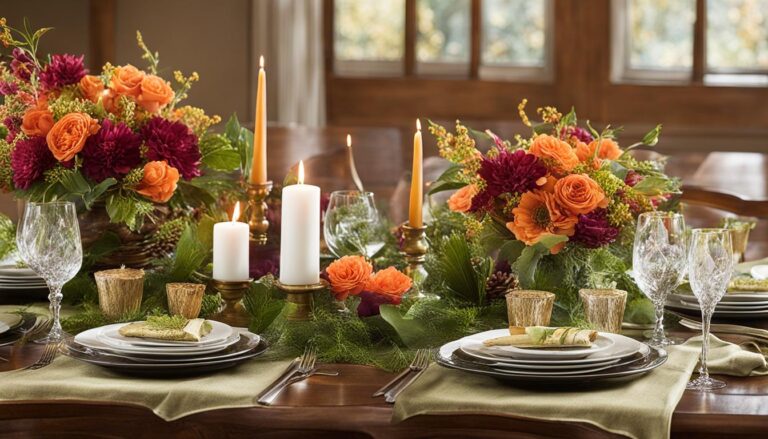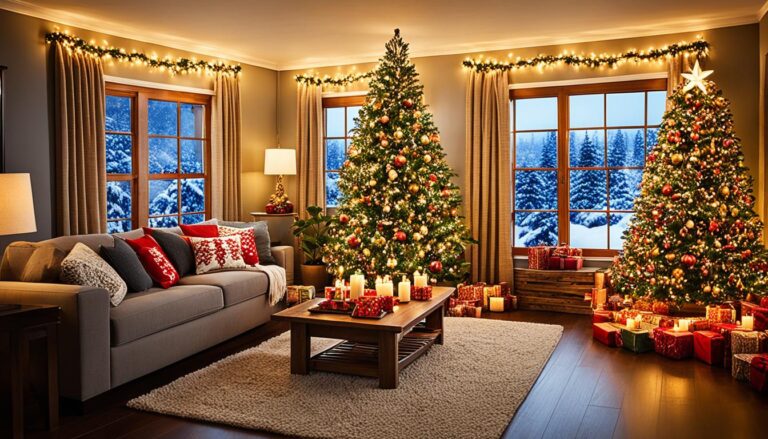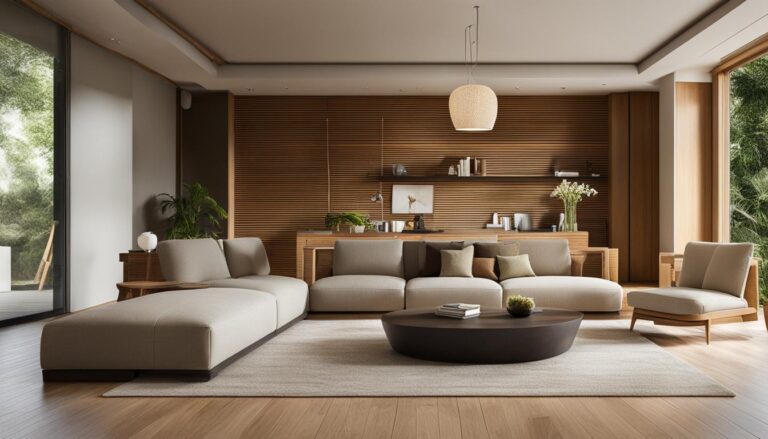Geometry is not just a mathematical concept; it is also a powerful tool in the world of design. By incorporating geometric forms, shapes, and patterns, designers can create visually striking and bold designs that captivate the eye and convey unique messages. Whether it’s in graphic design, architecture, or everyday objects, geometric patterns have played an essential role throughout history.
Geometric patterns are created using repetitive shapes and lines, resulting in visually captivating designs that communicate a particular aesthetic or concept. From the intricate geometric motifs found in Islamic art to the clean lines and bold shapes of the Bauhaus movement, geometric patterns have left their mark on various art movements and design styles.
But why are geometric patterns so powerful? It’s because geometry is deeply rooted in our understanding and perception. It’s innate to humans to recognize and appreciate geometric forms. We intuitively understand the relationship between shapes, lines, and surfaces, and this understanding is translated into visually appealing designs.
Key Takeaways:
- Geometry is fundamental to art, technology, and everyday objects.
- Geometric patterns communicate messages and create visually striking designs.
- Geometry has been intuitively understood and used by humans throughout history.
- Geometric patterns have played a significant role in various art movements and design styles.
- Using geometric forms and patterns in design creates visually captivating and bold designs.
A Short History of Geometry
Geometry, derived from the Greek words “geo” meaning “earth” and “metry” meaning “measurement,” has a long and fascinating history. Its exploration can be traced back to the ancient city of Alexandria, where scholars from various disciplines, including geometry, flourished.
The eminent Greek philosopher and mathematician, Euclid, is often referred to as the “father of geometry.” His groundbreaking work, Elements, laid the foundations for geometry as a formal theoretical discipline. Through this influential book, Euclid introduced theorems, axioms, and postulates that defined the principles and rules of geometry.
Geometry has always held a significant place in human society and culture. Many ancient civilizations regarded it as a sacred science, recognizing its profound connection to the natural world and the creation of life itself. The study of geometry was not limited to the Greek scholars, but also flourished in ancient Egypt, Mesopotamia, and other ancient cultures.
Understanding Geometric Patterns

Geometric patterns are decorative designs created using shapes and lines. They are rooted in geometry, the study of shapes and the relationships between lines and surfaces. Geometric patterns use repeated shapes and lines to create visually appealing designs. Different shapes have different psychological associations. For example, squares and rectangles represent reliability and stability, circles represent harmony and wholeness, and triangles represent movement and action.
Exploring the world of geometric patterns allows designers to tap into the captivating allure of repeated decorative design. By strategically using shapes and lines, designers can craft visually stunning compositions that capture attention and evoke specific emotions in viewers.
Shapes and Their Associations
Different shapes used within geometric patterns carry distinct meanings and associations. Here are some common shapes and their psychological implications:
- Circles: Circles are often associated with unity, wholeness, and harmony. They create a sense of completeness and balance in a design.
- Squares and Rectangles: Squares and rectangles convey stability, reliability, and order. They are commonly used in geometric patterns to create a sense of predictability and structure.
- Triangles: Triangles symbolize movement, action, and dynamism. They add energy and directionality to a design, making it more visually engaging.
By incorporating these shapes into geometric patterns, designers can leverage their psychological associations to effectively communicate messages and create impactful designs.
Creating Geometric Patterns
Geometric patterns are a versatile design element that can be used in various contexts. Whether you’re designing a brand identity, a website, or even a piece of clothing, incorporating geometric patterns can add visual interest and impact to your designs. In this section, we’ll explore different methods of creating geometric patterns, from using basic shapes to utilizing generative programs.
Using Basic Shapes
One of the simplest ways to create geometric patterns is by using basic shapes such as squares, circles, triangles, and rectangles. By arranging and repeating these shapes in different configurations, you can achieve visually captivating patterns. The beauty of using basic shapes lies in their simplicity and versatility. They can be combined, overlapped, or scaled to create endless possibilities for geometric patterns.
Generative Programs for Dynamic Patterns
If you’re looking for a more complex and dynamic approach to creating geometric patterns, generative programs can be a valuable tool. These programs, such as Normform and Blocco, use algorithms to automatically generate patterns based on predefined rules. With generative programs, you can explore intricate patterns that would be challenging to create manually, giving your designs a unique and contemporary edge.
Creating Geometric Patterns in Design
Geometric patterns can be applied to various design contexts. They can enhance brand identities, adding a sense of professionalism and visual appeal. They can be used to create eye-catching packaging designs that stand out on the shelf. Geometric patterns can also be incorporated into website and app designs, providing a modern and visually engaging user experience.
Let’s take a look at some examples:
- Brand Identity: Incorporating geometric patterns into a brand’s logo, typography, and marketing materials can create a cohesive and memorable identity. It adds a visual element that reflects the brand’s values and personality.
- Product Design: Geometric patterns can be used on product packaging, labels, and even the products themselves. They add visual interest, making the product stand out and catch the consumer’s attention.
- Web and App Design: Geometric patterns can be used as background elements or to create unique interfaces. They enhance the overall aesthetic and user experience, making the design more engaging and memorable.
By utilizing basic shapes and generative programs, designers can create stunning geometric patterns that elevate their designs and captivate their audience.
Geometric Patterns in Design Contexts
Geometric patterns are versatile and can be applied to a wide range of design contexts, adding visual interest and appeal. Let’s explore some exciting applications of geometric patterns in the world of design:
1. Products
Geometric patterns work seamlessly on various products, including stationery, clothing, and household items. These patterns can elevate the design aesthetic, making the products visually captivating and modern.
2. Outdoor Branding
When it comes to outdoor branding, geometric patterns can create attention-grabbing designs. Whether it’s signage, billboards, or banners, incorporating geometric patterns can make a brand stand out in a crowded landscape.
3. Packaging
Geometric patterns can be an excellent choice for packaging designs. By incorporating these patterns on labels, boxes, and packaging materials, brands can enhance the visual appeal and create a memorable unboxing experience for customers.
4. Digital Products
In the digital realm, geometric patterns find their place in websites and mobile apps. Designers use these patterns to establish a sense of visual harmony and create an engaging user experience (UX) that aligns with modern design trends.
5. Brand Identity
Geometric patterns play a significant role in establishing brand identity. Brands can incorporate these patterns into their logos, creating impactful yet simple designs that are easily recognizable and memorable.
6. Typography
Typography can be enhanced with the use of geometric patterns. By incorporating these patterns into letterforms and layouts, designers can add an extra layer of visual interest and create unique typographic compositions.
7. Posters and Murals
Geometric patterns can make posters and murals more visually appealing and captivating. Whether it’s a geometric background or incorporating geometric elements into the design, these patterns can create a strong visual impact.
8. Mobile Apps
Mobile apps often integrate geometric shapes and patterns into their user interface (UI) and user experience (UX) design. These patterns can guide users’ interactions, enhance visual hierarchy, and create a cohesive and visually pleasing design.
By leveraging geometric patterns, designers can elevate their designs in various contexts, from products and outdoor branding to digital products and brand identities. The versatility of geometric patterns makes them a valuable tool for creating visually impactful and engaging designs.
Beautiful Shapes Commonly Used in Geometric Pattern Design
Geometric patterns offer a plethora of design possibilities by utilizing a range of shapes, sizes, and vibrant colors. The strategic overlapping of shapes within these patterns not only adds complexity but also creates a striking contrast that captivates the eye.
Let’s explore some of the most commonly used shapes in geometric pattern design:
- Triangles: Triangles are versatile geometric shapes that can convey stability, strength, and dynamic movement. They are frequently used to create sharp angles and crisp lines within patterns.
- Circles: Circles symbolize harmony, unity, and infinity. They are often employed to create rounded and flowing forms, adding a sense of balance and continuity to geometric patterns.
- Squares and Rectangles: Squares and rectangles epitomize stability, dependability, and order. Their precise edges and right angles contribute to geometric patterns with a clean, minimalist aesthetic.
- Chevrons: Chevrons consist of geometric shapes arranged in a V or an inverted V pattern. They bring movement and direction to designs, making them an ideal choice for dynamic and energetic geometric patterns.
- Spirals: Spirals represent growth, evolution, and transformation. Their graceful curves and repeating patterns create a sense of movement and fluidity, making them popular in both geometric and natural-inspired designs.
These shapes can be combined and intertwined to form visually captivating geometric patterns. Their unique attributes and symbolism lend themselves well to a wide range of design applications.
Geometric patterns can serve as bold backgrounds, creating an attention-grabbing foundation for other design elements. They can also be used as borders, effectively segmenting different sections and adding visual interest to the overall composition.
| Shape | Symbolism |
|---|---|
| Triangles | Stability, strength, movement |
| Circles | Harmony, unity, infinity |
| Squares and Rectangles | Stability, dependability, order |
| Chevrons | Movement, direction |
| Spirals | Growth, evolution, transformation |
By leveraging these shapes and exploring their infinite possibilities, designers can create captivating geometric patterns that leave a lasting impression on viewers.
Example of a Geometric Pattern Design:
“The use of overlapping triangles and circles in this geometric pattern design creates a mesmerizing visual effect. The vibrant colors enhance the energetic nature of the composition, while the precise angles and curves add a sense of precision and dynamism. This design exemplifies the power of geometric patterns to captivate and engage viewers.”
15 Top Geometric Pattern Design Examples
Geometric patterns offer a vast array of design possibilities, adding visual interest and sophistication to various projects. Let’s explore 15 captivating geometric pattern designs that can inspire your next creative endeavor.
Borders
Borders are a timeless way to incorporate geometric patterns into your designs. They provide a frame of structure and can enhance the visual appeal of invitations, posters, and digital graphics.
Stripes
Stripes are a classic geometric pattern that can be used in various design contexts. They can create a bold and dynamic look in clothing, home decor, and even packaging designs.
Chevron
Chevron patterns consist of repeated V-shaped lines that add energy and movement to designs. They are commonly used in textiles, such as rugs and wallpapers, to create a visually striking effect.
Houndstooth
Houndstooth patterns feature a distinctive geometric design with alternating abstract four-point shapes. This pattern is often associated with sophistication and elegance, making it a popular choice in fashion and interior design.
Spirals
Spiral patterns are characterized by curved lines that radiate from a central point. They evoke a sense of energy and fluidity, making them a great choice for creating dynamic and eye-catching designs.
Waves
Wave patterns mimic the movement of ocean waves, creating a sense of flow and rhythm in designs. They can be used in a variety of applications, ranging from textiles to digital backgrounds and branding elements.
Dots
Dot patterns consist of repetitive circles or spots that can add a playful and whimsical touch to designs. They are versatile and can be used in a wide range of design projects, from stationery to packaging and illustrations.
Plaid
Plaid patterns feature intersecting horizontal and vertical lines, creating a checked or tartan-like design. They are commonly associated with a cozy and rustic aesthetic and are often used in clothing, furnishings, and home decor.
Gingham
Gingham patterns are characterized by evenly spaced, alternating colored lines forming a checkered design. This pattern is widely recognized as a classic and is commonly used in fashion, home textiles, and even digital backgrounds.
Honeycomb
Honeycomb patterns mimic the intricate hexagonal structure of a beehive. They can add depth and visual interest to designs, and are often used in textiles, architectural elements, and surface designs.
Triangles
Triangles offer a versatile geometric shape that can be arranged in various ways to create striking patterns. They can be used to evoke a sense of strength, stability, or movement, and are popular in modern graphic design, architecture, and branding.
Nature Patterns
Nature-inspired geometric patterns draw inspiration from natural elements such as leaves, flowers, and animals. They can add a serene and organic touch to designs, making them ideal for eco-friendly products, packaging, and illustrations.
Floral Patterns
Floral patterns consist of repeated flower motifs that add a touch of beauty and femininity to designs. They are commonly used in textiles, wallpaper, and invitation designs, creating an elegant and timeless aesthetic.
Fruit Patterns
Fruit patterns incorporate repeated fruit motifs, such as strawberries, pineapples, or watermelons. They can add a vibrant and playful element to various designs, making them perfect for summer-themed products, kitchenware, and children’s illustrations.
Monogram Patterns
Monogram patterns feature stylized initials or letter combinations arranged in a geometric pattern. They can add a personalized and sophisticated touch to branding, stationery, and luxury products.
These examples showcase the versatility and visual impact of geometric patterns in design. Whether you’re looking to add structure, movement, or a touch of nature to your projects, exploring geometric patterns opens up a world of creative possibilities.
Create an Optimal Design Using Picsart
When it comes to creating stunning designs with geometric shapes and patterns, Picsart is the go-to platform for designers and enthusiasts alike. This versatile photo and video editing platform provides all the tools and features you need to incorporate geometric designs into your projects, whether it’s a photo, video, or graphic artwork.
With Picsart, you have endless possibilities to express your creativity and make visually appealing designs that stand out. Here’s how you can create an optimal design using Picsart:
1. Choose from a Variety of Shapes
Picsart offers a wide range of geometric shapes that you can use in your designs. From basic shapes like circles, squares, and triangles to more intricate shapes like polygons and stars, you can find the perfect shape to complement your design aesthetic. Experiment with different shapes to create unique and eye-catching compositions.
2. Incorporate Beautiful Patterns
Patterns add depth and visual interest to your designs. Picsart provides a collection of pre-designed patterns that you can easily apply to your artwork. Whether you’re looking for traditional patterns like stripes or dots, or more intricate patterns like chevron or houndstooth, Picsart has you covered. You can also create your own custom patterns to add a personal touch to your designs.
3. Play with Colors
The right color palette can make or break a design. Picsart allows you to experiment with different colors and create harmonious and vibrant designs. Choose colors that complement each other and evoke the desired mood or emotion. With Picsart’s color tools, you can easily adjust hues, saturation, and brightness to achieve the perfect color combination.
4. Apply Filters and Effects
Picsart offers a wide range of filters and effects to enhance your geometric designs. Whether you want to add a vintage touch, create a grungy vibe, or give your design a futuristic feel, you can find the right filter or effect to achieve the desired look. Experiment with different combinations to transform your designs into unique and striking pieces of art.
5. Share and Collaborate
Picsart allows you to easily share your designs on social media platforms like Instagram, Facebook, and Twitter. You can also collaborate with other designers and artists by joining the Picsart community. Share your work, get inspired by others, and receive feedback to improve your skills.
Create stunning geometric designs with ease using Picsart’s powerful editing tools. Whether you’re a professional designer or a creative hobbyist, Picsart is the perfect platform to unleash your creativity and bring your ideas to life.
Conclusion
Geometric forms and patterns play a key role in modern home designs and interior design. They bring a contemporary aesthetic and can completely transform living spaces, infusing them with striking shapes and bold patterns. By incorporating geometric designs into furniture, decor, and various design elements, designers have the power to create visually appealing and modern living spaces.
Understanding the principles of geometry allows designers to push boundaries and unleash their creativity. Geometric forms can be applied to furniture pieces, such as coffee tables or shelves, to add a unique touch and create focal points within a room. Wall art with geometric patterns can instantly elevate the overall design aesthetic, making a strong visual statement. Even smaller elements like throw pillows or rugs with geometric designs can make a significant impact.
When used correctly, geometric forms can enhance the overall harmony and cohesion of a space. They provide structure and balance, creating a sense of order and sophistication. The clean lines and symmetrical shapes of geometric designs complement modern and minimalist interior styles, while also injecting energy and visual interest. Whether it’s a monochromatic color scheme or a vibrant mix of hues, geometric patterns can be customized to suit any design preference.
To create a modern home with a unique personality, consider incorporating geometric forms and patterns into your interior design. Experiment with different shapes, explore bold patterns, and use furniture and decor that embodies the essence of contemporary style. By embracing the principles of geometry, you can transform your living space into a visually captivating and stylish sanctuary.
Frequently Asked Questions
Decode the magic of gardens with our guide to Landscaping Styles Frequently Asked Questions.
- Geometric patterns are created using shapes and lines repetitively in graphic design. They communicate particular messages and create visually striking designs.
- Geometry is rooted in the Greek language and comes from the words “geo” (earth) and “metry” (measurement). It was further developed by Euclid, a Greek philosopher and mathematician.
- Geometric patterns can be used in various design contexts, such as brand identities, products, clothing, websites, and apps. They are popular in outdoor branding, packaging, logos, posters, and mobile apps.
- There are numerous types of geometric patterns that can be implemented in design, including borders, stripes, chevron, houndstooth, spirals, waves, dots, plaid, gingham, honeycomb, triangles, nature patterns, floral patterns, fruit patterns, and monogram patterns.
- Geometric patterns can be created using basic shapes or generative programs like Normform and Blocco. You can also use graphic design software to create patterns.
- You can use a photo and video editing platform like Picsart to incorporate geometric designs into your photos and videos. Picsart offers a variety of tools and features to create visually stunning designs.
- Geometric forms and patterns add a contemporary aesthetic to modern home designs and interior design. They can be applied to furniture, decor, and various design elements to create visually appealing and modern living spaces.
